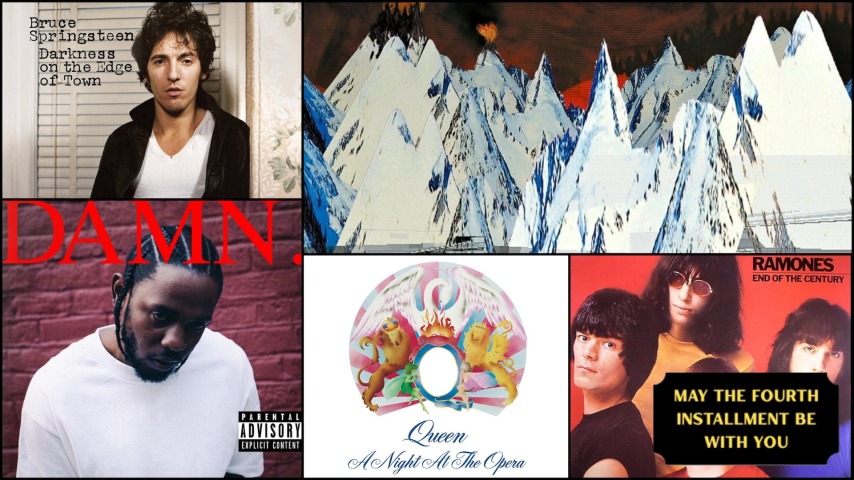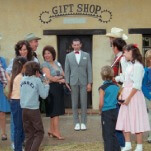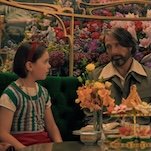Fourth album cures: Albums that beat the "fourth album curse"
Here are nine fourth albums that are among their respective artists' best.
Images (clockwise from top left): Darkness On The Edge Of Town, Kid A, End Of The Century, A Night At The Opera, DAMN.
In a certain, ever-expanding corner of the galaxy, May 4 marks Star Wars Day. But here at The A.V. Club, we’re spending this weekend diving into the fourth entries that reset franchises, broke a pop culture curse, or wrapped things up in a gratifying manner. Read on, and May The Fourth Installment Be With You.
Beware the fourth album curse. While it’s unclear exactly where the term originated, it’s gotten its tendrils into the minds of both artists and critics alike. (The earliest use that we could find was this Pulse Music Board thread from 2011. If that is indeed the origin, congrats to Beyoncé’s 4 for breaking free.) The concept is simple: whether it’s due to declining sales, waning interest, or a decrease in creativity, artists tend to hit a rough patch around their fourth LP. To name examples would require an entire inventory of its own. But a curse isn’t a curse if it can’t be broken. The following fourth albums aren’t just non-flops—they all represent career highs where artists either perfected their prior sound or made canny pivots into something that created a little magic of its own. Here are 10 albums that beat the fourth album curse, listed in chronological order.
-

-

-

-

-

-

-

-

-

-

-

-

-

-

-

-

-

-

-

-

-

-

-

-

-

-

-

-

-

-

-

-

-

-

-

-

-

-

-

-









































